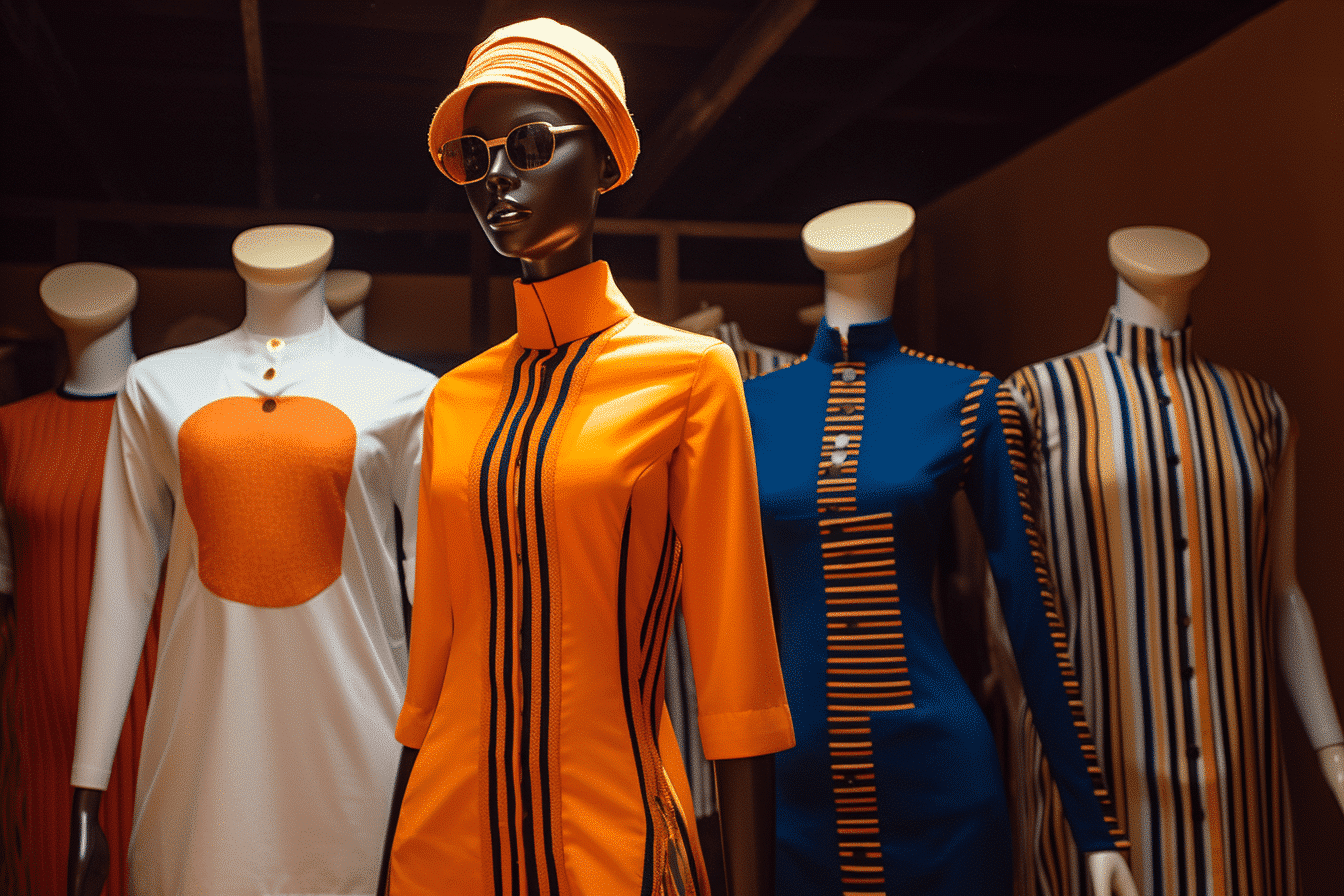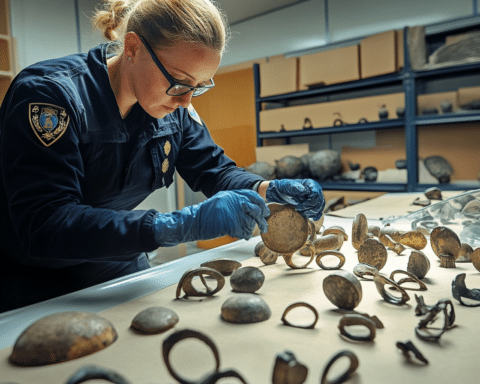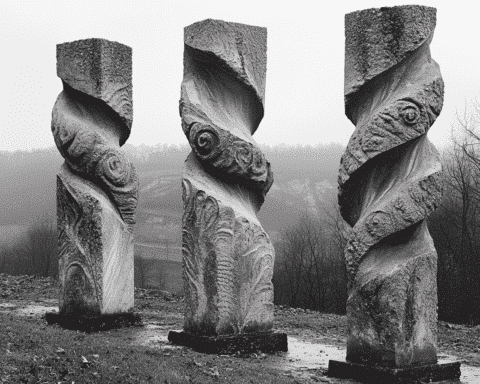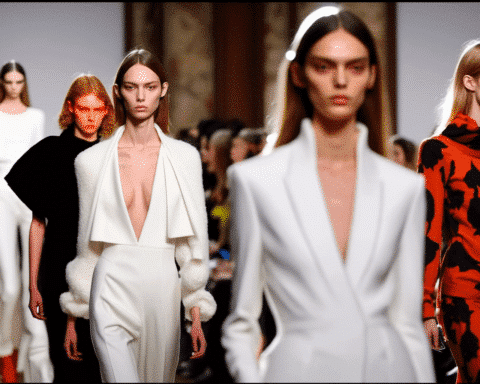Set against the rhythmic soundtrack of age-old wooden looms, craftspersons in a secluded workshop in Burkina Faso breathe new life into indigo-stained cotton, transforming it into the expansive fabric for contemporary attire, courtesy of the country’s leading fashion designer.
Two decades past, François Yameogo, an acclaimed fashion designer from Paris, came back to his homeland, Burkina Faso, to set up an establishment dedicated to creating Faso Danfani, the nation’s traditional textile, for his iconic indigo blazers.
Today, that workshop is a nucleus for a revival of Faso Danfani, ignited by a recent decree from the country’s military leadership designating the handcrafted fabric as the formal national attire, necessitating its use at government events and school uniforms.
“We are swamped with second-hand merchandise… (however) our cotton is unadulterated,” remarked Yameogo from his bustling workspace about 62 miles west of the capital, Ouagadougou. “It is our responsibility to appreciate and utilize it.”
The cotton industry is a vital pillar of Burkina Faso’s economy, often regarded as its “white gold” for job creation and export income. Nevertheless, the influx of cheaper second-hand clothes from affluent countries provides budget-friendly substitutes to locally made materials, virtually pushing them out of the competition.
As per the United Nations ‘ food agency, domestic fabric costs are unnaturally suppressed, dissuading investment in advanced technology and compounding poverty.
Yameogo, once an apprentice of the famed American fashion designer Marc Jacobs, initiated the incorporation of Faso Danfani into his fashion lines, aspiring to bestow upon them a fusion of tradition and modernity that could propel the textile onto the global fashion stage and yield more significant profits for local craftspeople.
“We only locally process 3% of our cotton, but we aim to achieve 20 to 25%,” he declared. “I believe we can make it.” The reigning military government’s Faso Danfani directive is already observable among officials adorned in Yameogo’s designs, including the Prime Minister.
The trend is set to gain momentum by October when schools resume post-summer break.
Meanwhile, the textile’s international presence is on the rise. Yameogo’s latest collection emerged as the showstopper at a Faso Danfani-centric fashion show in Paris last month, celebrated by a diverse crowd garbed in the time-honoured fabric.
“This struggle will generate jobs, foster international sales for our nation, and empower individuals to secure a decent livelihood,” expressed Yameogo. “It’s a cause worth fighting for.”
As Burkina Faso moves forward, the fusion of old and new, tradition and modernity, weaves a promising tapestry for the nation’s future. Under the skilful hands of artisans and with the visionary leadership of designers like Yameogo, the “white gold” of Burkina Faso is finding its rightful place on the global stage. This noble fight champions the cause of indigenous fabrics and promises a future where heritage and innovation coexist, benefiting the nation economically and culturally.




